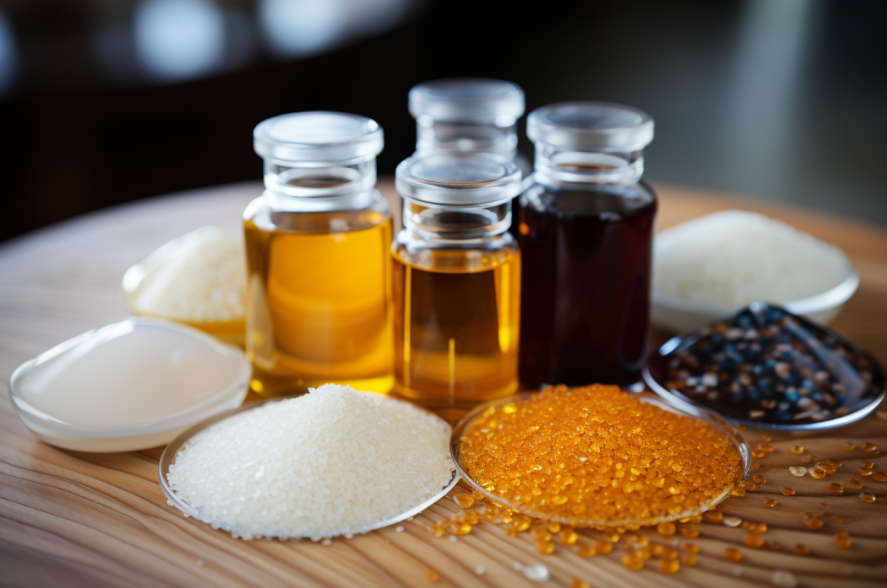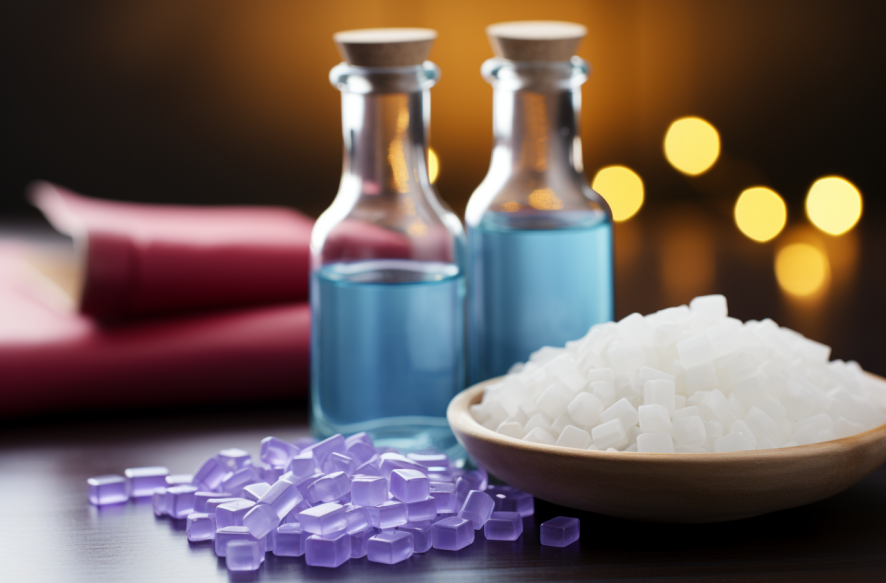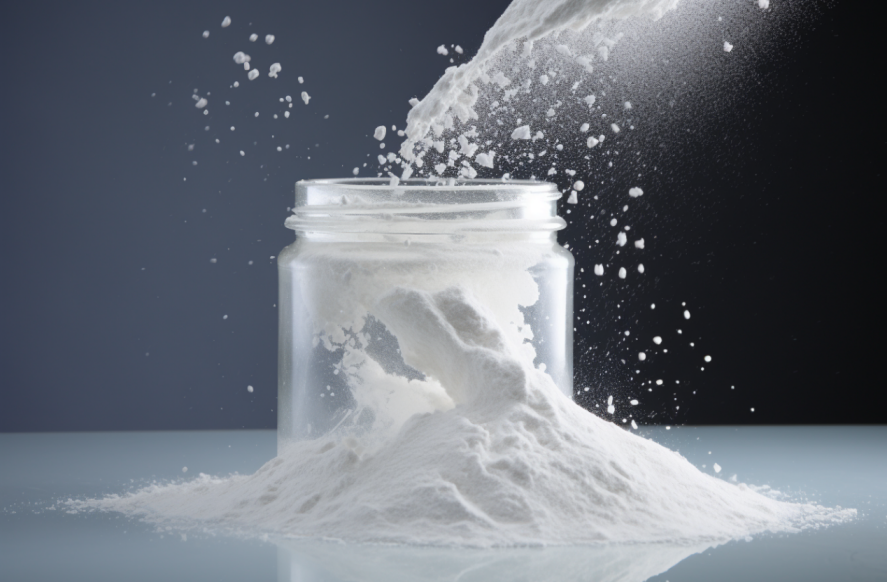TMQ Rubber: A Sustainable Choice for Modern Industries
28/10/2024
Captivating the Reader’s Attention
Were you aware that adding the right type of antioxidant could considerably extend the lifespan of rubber products? This seemingly simple yet highly impactful addition can transform the durability of rubber products, and this is where TMQ rubber—also known as rubber antioxidant TMQ (RD)—comes into play. Distinguished by its exceptional properties and broad applicability, TMQ rubber transcends the role of a mere additive and emerges as a groundbreaking solution for various industrial applications, guaranteeing that products retain their integrity and reliability over prolonged periods.
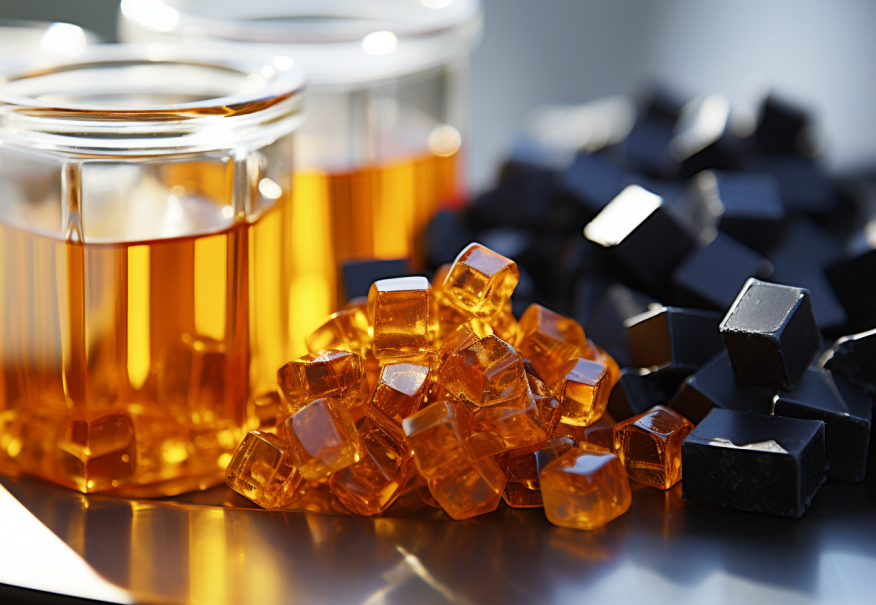
The Fundamental Role of TMQ Rubber
TMQ rubber serves as an indispensable additive within the rubber manufacturing industry, offering unique benefits that cater to the evolving needs of manufacturers. As industries persistently seek to elevate the performance and durability of their rubber-based products, TMQ rubber emerges as the preferred option for extending product longevity. Its robust anti-aging characteristics shield rubber products from the deleterious effects of heat, oxygen, and repeated mechanical stress, making it an essential ingredient in sectors such as tire manufacturing, automotive components, and a wide array of consumer goods.
Innovations Pushing TMQ Rubber Forward
Within today’s rapidly advancing industrial landscape, there is an ever-growing demand for high-performance and sustainable materials. TMQ rubber stands at the forefront of this transformation, propelled by continual innovations that enhance its efficacy and versatility. Manufacturers are increasingly embracing TMQ rubber to meet stringent contemporary production standards, ensuring that their products endure environmental stressors and consistently satisfy rigorous quality expectations.
The Future of TMQ Rubber: Trends and Innovations
Evolving Trends in TMQ Rubber Applications
As industries undergo continuous transformations, so do the applications and functionalities of TMQ rubber. Recent trends reveal an escalating interest in sustainable materials, where TMQ rubber seamlessly integrates into eco-friendly product development. This additive’s capability to enhance the longevity and operational efficiency of a diverse range of rubber products makes it an increasingly favored choice among manufacturers striving for environmental sustainability without sacrificing product quality. The integration of TMQ rubber into environmentally conscious formulations is becoming more prevalent, signifying its alignment with global sustainability initiatives.
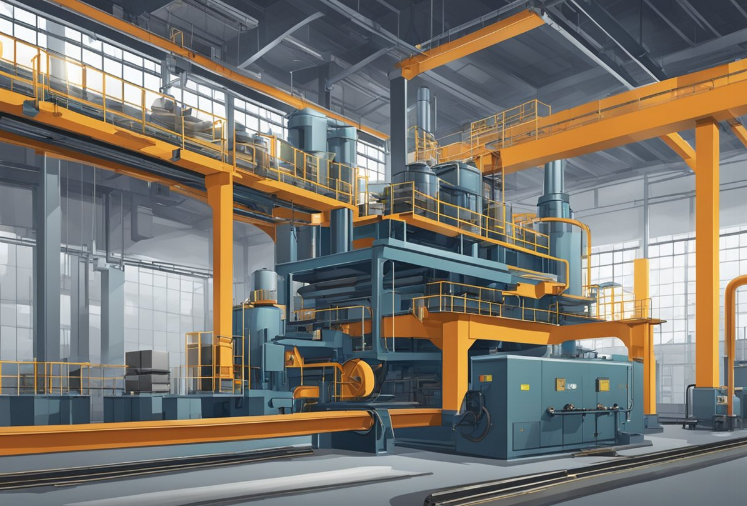
Advances in TMQ Rubber Processing Technology
Technological advancements are revolutionizing the processing and application of TMQ rubber in numerous ways. Cutting-edge mixing and compounding techniques are being developed to facilitate the optimal incorporation of TMQ rubber into complex rubber compounds. Such technological improvements not only streamline the manufacturing process but also significantly augment the performance attributes of the finished products. Companies like Shanghai Chembroad New Materials Co., Ltd. are at the helm of integrating these advanced processes into their manufacturing operations, thereby setting new industry benchmarks for efficiency and product quality.
Collaborative Efforts for Continuous Enhancement
The future landscape of TMQ rubber is being dynamically shaped by collaborative initiatives involving manufacturers, research institutions, and environmental bodies. By exploring novel applications and refining existing formulations, this collective effort is poised to drive breakthroughs that have the potential to revolutionize the entire rubber industry. These synergistic endeavors promise to make TMQ rubber an even more appealing choice across a multitude of industrial applications, reinforcing its reputation as a versatile and sustainable material.
TMQ Rubber Processing: Strategies for Achieving Optimal Results
Grasping the Unique Properties of TMQ Rubber
Prior to delving into the processing methodologies for TMQ rubber, it is imperative to comprehend its distinct properties. TMQ rubber appears as a brown amber material with a density of approximately 1.05 g/cm³. It demonstrates excellent solubility in various organic solvents, such as benzene and acetone, facilitating seamless incorporation into rubber formulations. Despite being insoluble in water, TMQ rubber acts as a stable additive that substantially contributes to the overall resilience and quality of rubber compounds.
Proven Best Practices for Processing TMQ Rubber
Achieving superior results in the processing of TMQ rubber necessitates adherence to specific best practices. Initially, ensure thorough mixing to achieve uniform dispersion of the TMQ rubber within the rubber matrix. This approach maximizes its protective properties and enhances the overall performance of the final product. Additionally, regulate heating conditions meticulously during the mixing phase to prevent any potential degradation of material properties. Lastly, exercise stringent monitoring of storage conditions, as TMQ rubber is combustible and necessitates careful handling to mitigate risks associated with moisture exposure and fire hazards.
Implementing Rigorous Quality Control Measures
Establishing and maintaining a robust quality control framework is essential in TMQ rubber processing. Regular testing and close monitoring of the rubber compounds are imperative to verify that the finished product meets the desired specifications. Critical parameters such as softening point, heating loss, and ash content should be evaluated continuously to uphold high standards. By prioritizing stringent quality control, manufacturers can ensure that their TMQ rubber-infused products deliver consistent performance and extended longevity.
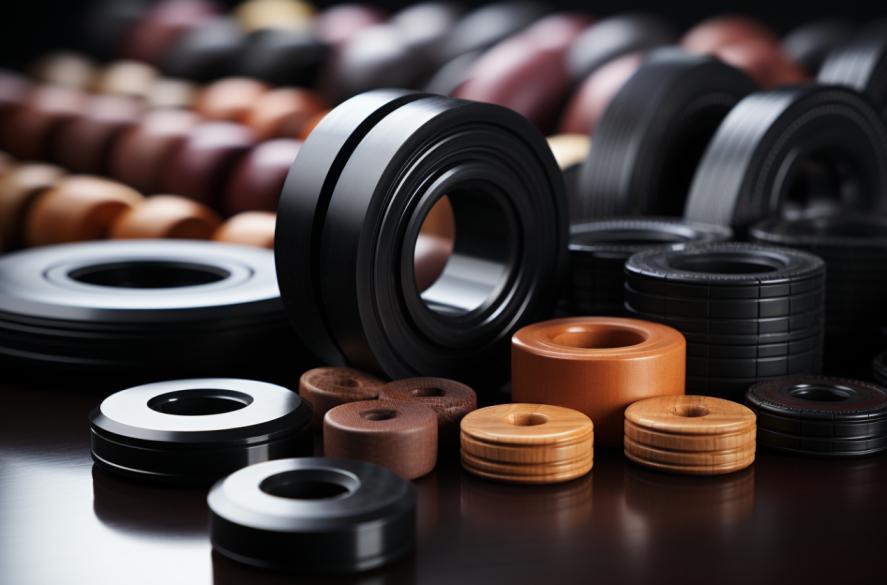
Selecting the Right TMQ Rubber for Your Project
Assessing Specific Project Needs
The process of choosing the most suitable TMQ rubber variant for a particular project begins with an in-depth assessment of the project’s specific requirements. Factors such as operational temperature ranges, exposure to various chemicals, and mechanical stresses that the rubber will encounter must be carefully considered. A comprehensive understanding of these parameters will guide you in selecting the most compatible TMQ rubber formulation that aligns perfectly with your project’s performance criteria.
Reviewing Technical Specifications for Optimal Compatibility
When selecting TMQ rubber, it is crucial to meticulously analyze the technical specifications provided by potential suppliers. Key properties, such as the softening point range, heating loss percentage, and ash content, must be thoroughly examined to ensure the chosen product’s compatibility with your manufacturing processes. TMQ rubber, which typically exhibits a softening point within the 80-100°C range and a minimal heating loss, is an optimal solution for diverse rubber manufacturing needs.
Expert Guidance in Material Selection
Consulting with experienced professionals in the field can provide invaluable insights and help you navigate the complexities of material selection. Reputable suppliers like Shanghai Chembroad New Materials Co., Ltd. possess extensive expertise in TMQ rubber and can offer tailored recommendations based on your project specifications. Leveraging their knowledge and experience can significantly streamline the material selection process, ensuring you choose a product that not only meets but exceeds your project requirements.
Conclusion
In an era where sustainability and exceptional performance are paramount, TMQ rubber emerges as a pivotal material in the rubber industry. Its capacity to elevate the durability and overall quality of rubber products positions it as the preferred additive for manufacturers across various industrial sectors. By gaining a comprehensive understanding of its properties, embracing innovative advancements, and adhering to best practices in processing, industries can unlock the full potential of TMQ rubber. Looking ahead, continuous collaboration and relentless innovation will undoubtedly shape the ongoing development of TMQ rubber, ensuring it remains a cornerstone in modern rubber manufacturing practices.

